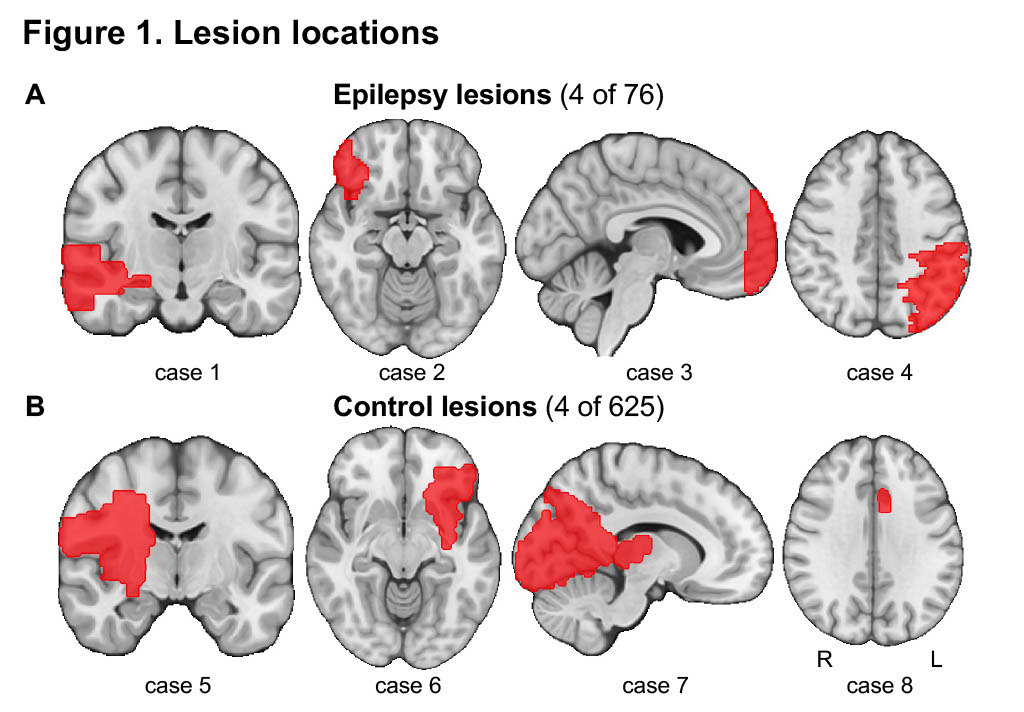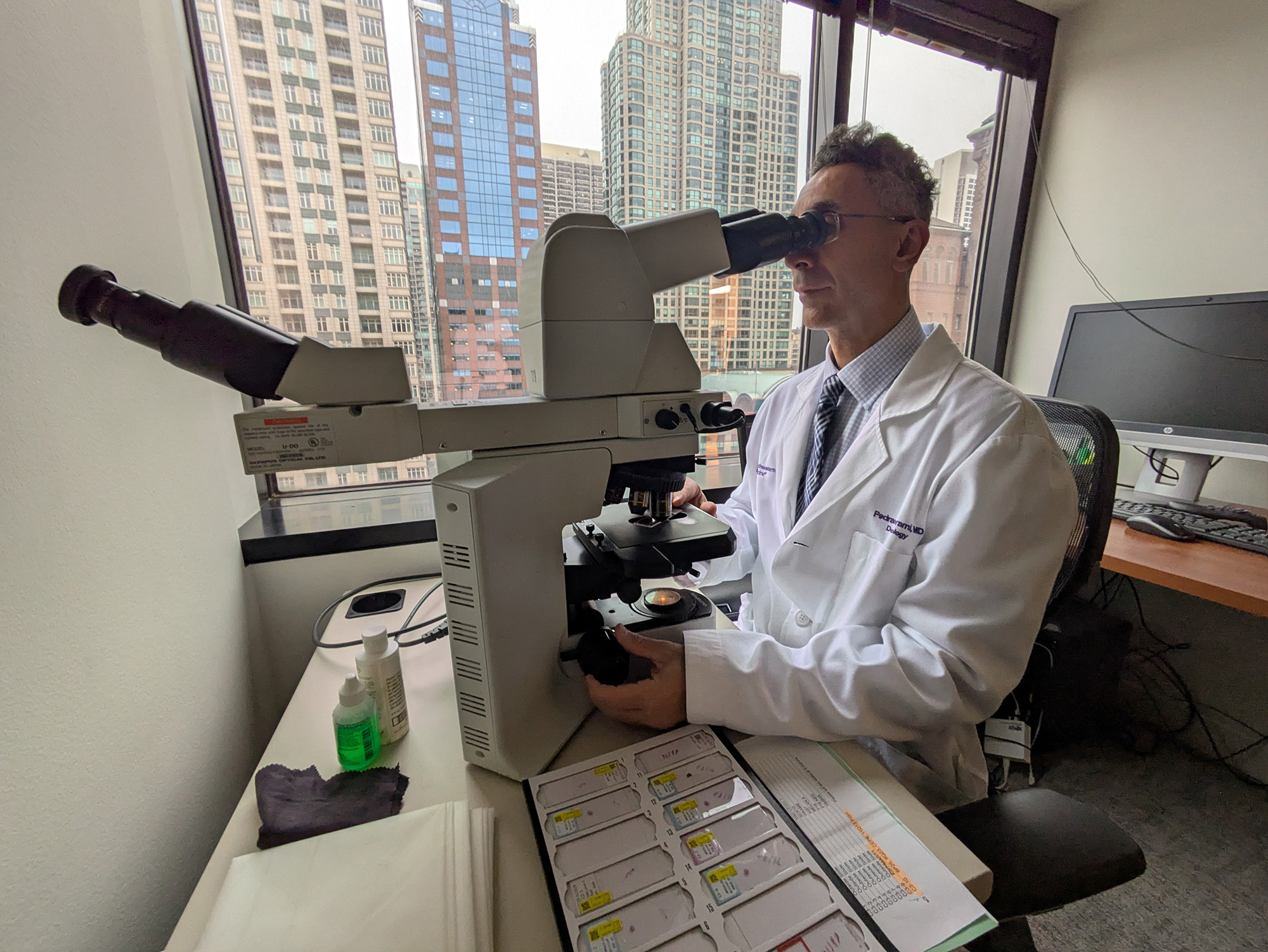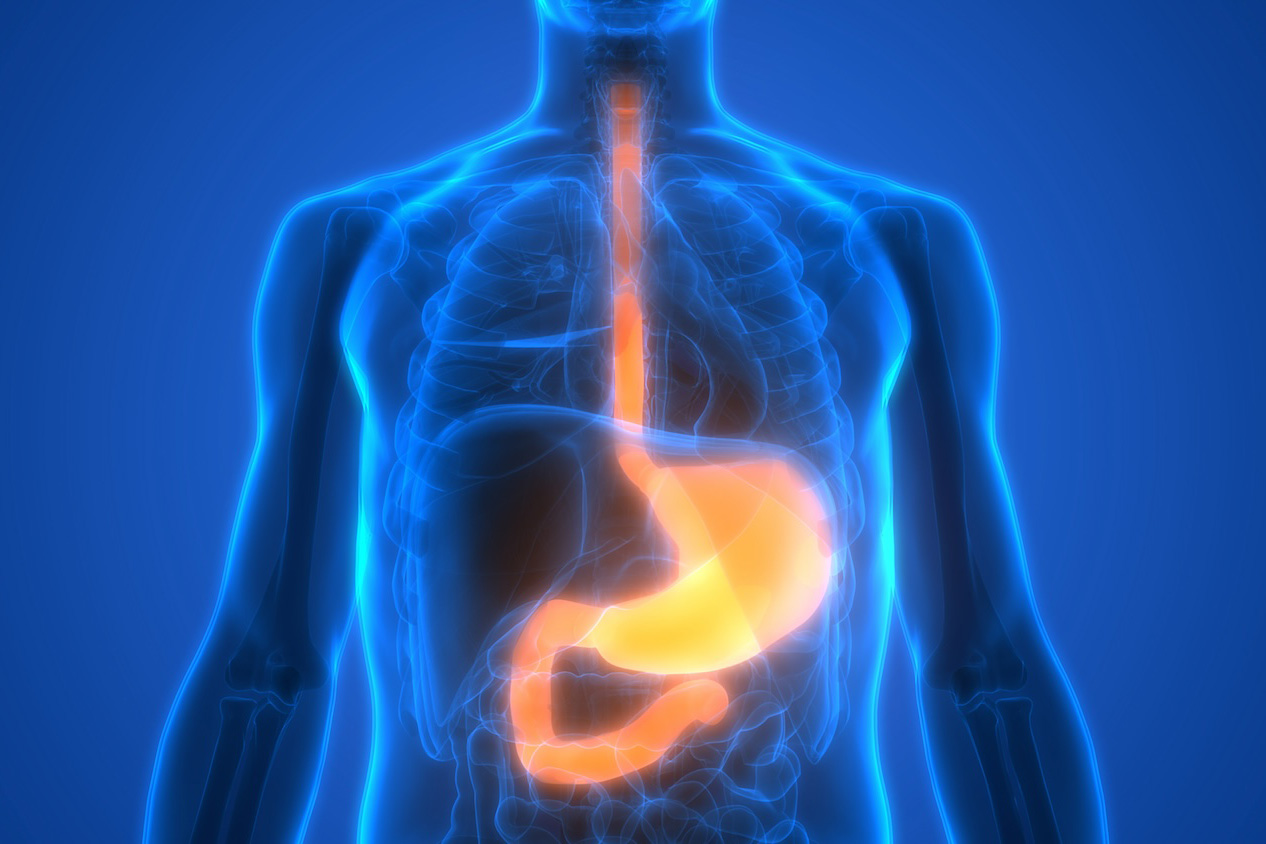
The location of a lesion in the brain could give clues as to whether or not it will cause seizures later on in life, according to the findings of a new multicenter study published in JAMA Neurology.
Epilepsy, which is characterized by repeated seizures and can cause debilitating symptoms arising from them such as cognitive, emotional and sensory impairments, affects more than 40 million people worldwide and is commonly caused by brain lesions, according to the World Health Organization.
It’s not well understood why some brain lesions cause seizures while others do not, according to Jordan Grafman, PhD, professor of Physical Medicine and Rehabilitation and a co-author of the study, prompting scientists to investigate whether brain lesions causing epilepsy mapped onto a brain network.
In the study, investigators analyzed brain MRI imaging from more than 750 people living with brain lesions and utilized a lesion network mapping algorithm to link lesion location to symptoms commonly associated with damage to that specific area of the brain.
After comparing the lesion location data to healthy brains as part of the Brain Connectome dataset, investigators found that large lesions in the cerebral cortex were associated with an increased risk of epilepsy.
“In addition, we found that there are some regions that make it more likely that you’ll develop epilepsy after you have a focal lesion, whether it be a stroke or penetrating traumatic brain injuries,” said Grafman, who is also a professor of Psychiatry and Behavioral Sciences and directs brain injury research at the Shirley Ryan AbilityLab. “Probably the highest likelihood of having a seizure is if you had an entry point for your penetrating injury and the parietal lobe in the back of the brain. What we also found was all those regions were connected to basal ganglia, deep brain structures and the cerebellum. These areas are very involved with motor control, precision of movements and the automaticity of movements.”
The results were the same even after controlling for lesion size, according to the study.
Next, investigators examined whether deep brain stimulation by electrodes placed in the anterior thalamus were most effective when they targeted one of the key regions in the identified brain network.
Stimulating those areas of the brain led to a reduction in seizure frequency, according to the study.

“We found that the brain network we identified was therapeutically relevant in deep brain stimulation, or DBS, therapy for patients with drug resistant epilepsy,” said Frederick Schaper, MD, PhD, a neuroscientist in the Center for Brain Circuit Therapeutics at Brigham and Women’s Hospital, and first author of the study.
Thalamic DBS sites more connected to this network were associated with better seizure control compared to DBS sites less connected. These findings may help guide neurologists and neurosurgeons to improve seizure control in patients receiving DBS for focal epilepsy and may help explain why thalamic DBS can benefit patients with different types of focal epilepsy.
Many of the study participants were Vietnam War veterans who suffered traumatic brain injuries during their service and experienced seizures years or even decades later, Grafman said, and the results of the study may help predict a patient’s risk of developing epilepsy following a stroke or injury. The findings could also guide future deep brain stimulation trials, he added.
“The results of the study are a teaching tool, for sure,” Grafman said. “If clinicians see a person who’s had a stroke or had another kind of focal injury and they know that the injury is to a region in the identified brain network, they can make the patient and their family aware that it might be more likely that patient is going to have a seizure at some point in the future and consider putting them on prophylactic anti-convulsant medication to try to prevent that.”
The study was supported by grants from the American Epilepsy Society (846534) and from the National Institutes of Health (R01NS127892, K23MH120510, R01 13478451, 1R01NS127892-01, 2R01 MH113929, R01NS127892, R01MH113929, R21MH126271, R56AG069086 and R21NS123813).






